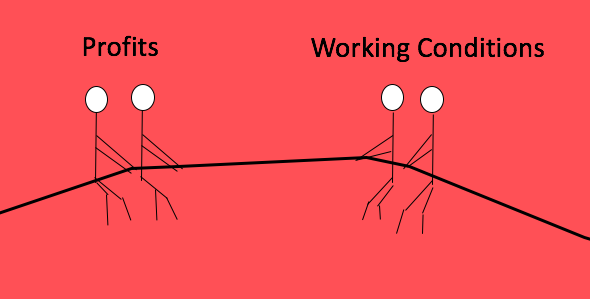Feedback is an art that can be learned and deserves our attention. Even at its best, feedback can create anxiety for everyone involved. At its worst, it can damage relationships if handled poorly or avoided out of fear.
Regardless of how daunting it may be, leaders are expected to give feedback to direct reports. Business demands it and research shows it is the most effective tool for managing performance and improving employee engagement. As a clinical psychologist, I go one step further: Feedback is the best tool for managing relationships, period.
Unfortunately, few leaders receive training in how to give and receive feedback well, so they plod along, unaware of how their personal experiences influence their ability and willingness to engage.
Before we can talk about suggestions for how to make feedback more effective, these are the foundational elements needed to create success.
1. Self-Awareness: Effective leaders spend time reflecting on their own personal experiences with feedback. They know what has been helpful to them and what has not. This awareness is essential to approaching feedback with empathy. Never forget there is a human being on the receiving end of your comments.
2. Platinum Rule (Not Golden Rule): Self-awareness helps you understand what you need or want, but that may be very different from what someone else needs or wants. The Platinum Rule tells us to treat others the way they want to be treated, rather than the way you would want.
3. Strong Relationships: There is no excuse for not establishing a great rapport with your direct reports and colleagues. Without the foundation of a good working relationship, feedback can be hard to interpret and your motivations may be questioned. Trust and respect allow feedback to be received positively.
4. Do And Say Less: Feedback is a conversation, not a monologue where you list off everything they’ve done wrong. Leaders will be most effective if they can get the other person to reflect on their own performance first. This helps them to practice reflection, which will make both of your jobs easier going forward.
5. Shared Responsibility: It is your job to help your team be successful and if they missed the mark, then you missed the mark, too. Seek input on what you could have done differently to create an environment of shared responsibility instead of blame. If you model taking responsibility, they will learn to do the same.
Building on those elements, we offer a simple process for giving feedback: the RFP model. We created it with a client to help them move away from the mandatory annual review to a more productive, ongoing conversation. They have embraced it and are seeing communication and performance thrive. What was once a check-the-box event, is now a two-way conversation that addresses what both parties have learned and what each will be doing differently going forward.
Here’s how it works:
Reflection
Begin with a status update in which both parties take time to reflect on their own contributions. Ideally, the direct report speaks first. Be sure to cover:
• Successes and what has gone well.
• Recent challenges and/or misses (not necessarily failures).
• Recognize unplanned work, achievements and learning.
Feedback
Each person delivers feedback about what went well and less well, if it was not already covered in the Reflection phase. Feedback should be specific, actionable and timely, and should include:
• Developmental feedback (what they can start, stop, do more or less of).
• Recognition and appreciation.
Plan
If needed, establish goals and action steps for change, including:
• Desired future state, based on individual and/or business needs.
• Specific outcomes, activities and deadlines.
• Manager-explored opportunities to provide more support.
The art of feedback requires continued practice and fine-tuning. It may feel uncomfortable at first, but by following the simple steps above, you’ll find it is doable and rewarding. Making the above practices part of your regular conversations will continuously improve your working relationships and enhance performance, as well as build the trust that enables your positive intent to be understood. Lastly, remember to water the flowers – if you acknowledge any movement in the desired direction, they will surely grow.
This article was first published at Forbes.com (May 2017).










